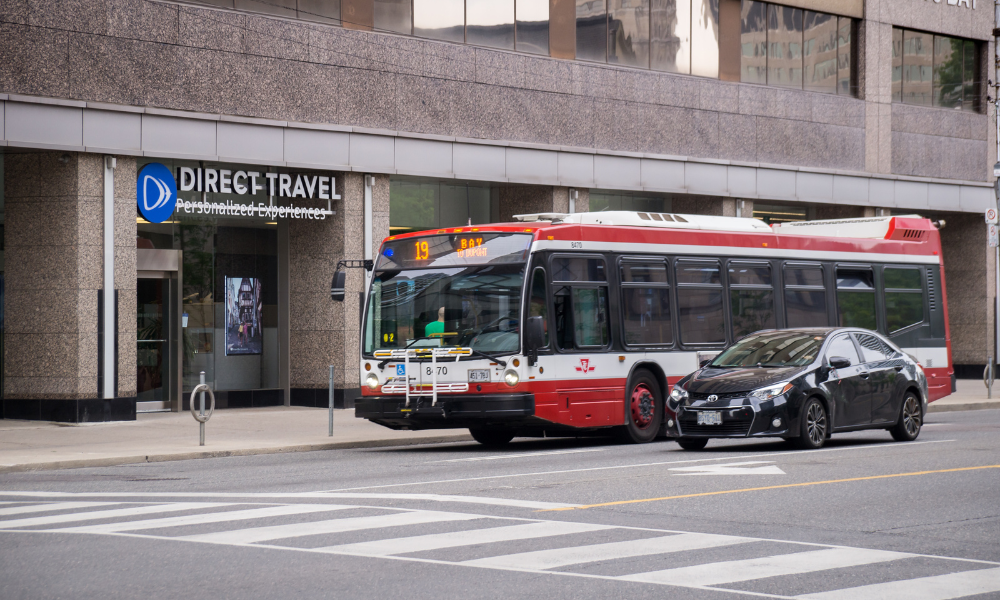Statistics Canada says commuting climbs as hybrid work declines and transit use edges higher

More than 82 percent of Canadian workers commuted to a workplace in May, continuing a steady shift away from remote arrangements, as reported by Statistics Canada.
According to the agency’s Labour Force Survey, the share of those working mostly from home declined to 17.4 percent of employed people compared with 18.7 percent in May 2024.
At the same time, 77.6 percent worked exclusively outside the home, a one-point increase from last year.
The percentage of hybrid workers, who split their time between home and workplace, rose slightly to 5.1 percent from 4.8 percent.
Statistics Canada said Ottawa-Gatineau experienced the largest jump in commuters this year, up nearly 10 percent, bringing its commuter levels on par with Toronto at 76 percent.
CBC News reported Winnipeg led the country in workplace attendance, with nine in 10 workers commuting regularly — the highest rate among Canada’s 15 largest metropolitan areas.
How Canadians commute is also shifting.
Statistics Canada said the proportion relying on vehicles dropped to 80.9 percent from 81.5 percent a year earlier. Public transit use increased to 11.9 percent from 11.4 percent, while walking or cycling rose to 6.2 percent from 6 percent.
In Winnipeg, just over 11 percent used transit in May, while 6 percent biked or walked — the highest active transportation levels since the pandemic, according to the city.
Commute times reflect these patterns. Those who used transit averaged 44 minutes, drivers 25 minutes, and walkers or cyclists 15 minutes.
Toronto continued to post the longest average commute among major cities at 34.9 minutes, while Winnipeg had one of the shortest at 23.4 minutes.
Statistics Canada said the national average reached 26.7 minutes.
Jon MacMull, communications and public affairs director for the Canadian Urban Transit Association, said the increase reflects workplace policy changes.
“When Canadians are planning their commute, they’re looking at cost, ease of access, frequency and reliability,” he said.
He also added that continued investment in transit is critical to reduce commute times, offer affordable choices, and limit congestion and emissions as cities expand.
The agency further reported that racialized populations face longer average commutes and rely more heavily on transit, as they are more likely to live in large, congested cities.
South Asian, Black and Chinese commuters averaged 30 minutes compared with 25 minutes for non-racialized, non-Indigenous commuters. West Asian, South Asian and Latin American groups had considerably higher rates of commutes lasting one hour or more.
Tuesday’s release followed announcements by private sector employers, including Canadian banks, requiring employees to spend more time in the office.
Earlier this month, the Ontario government said its public servants must return to the office full time by January 2026.



